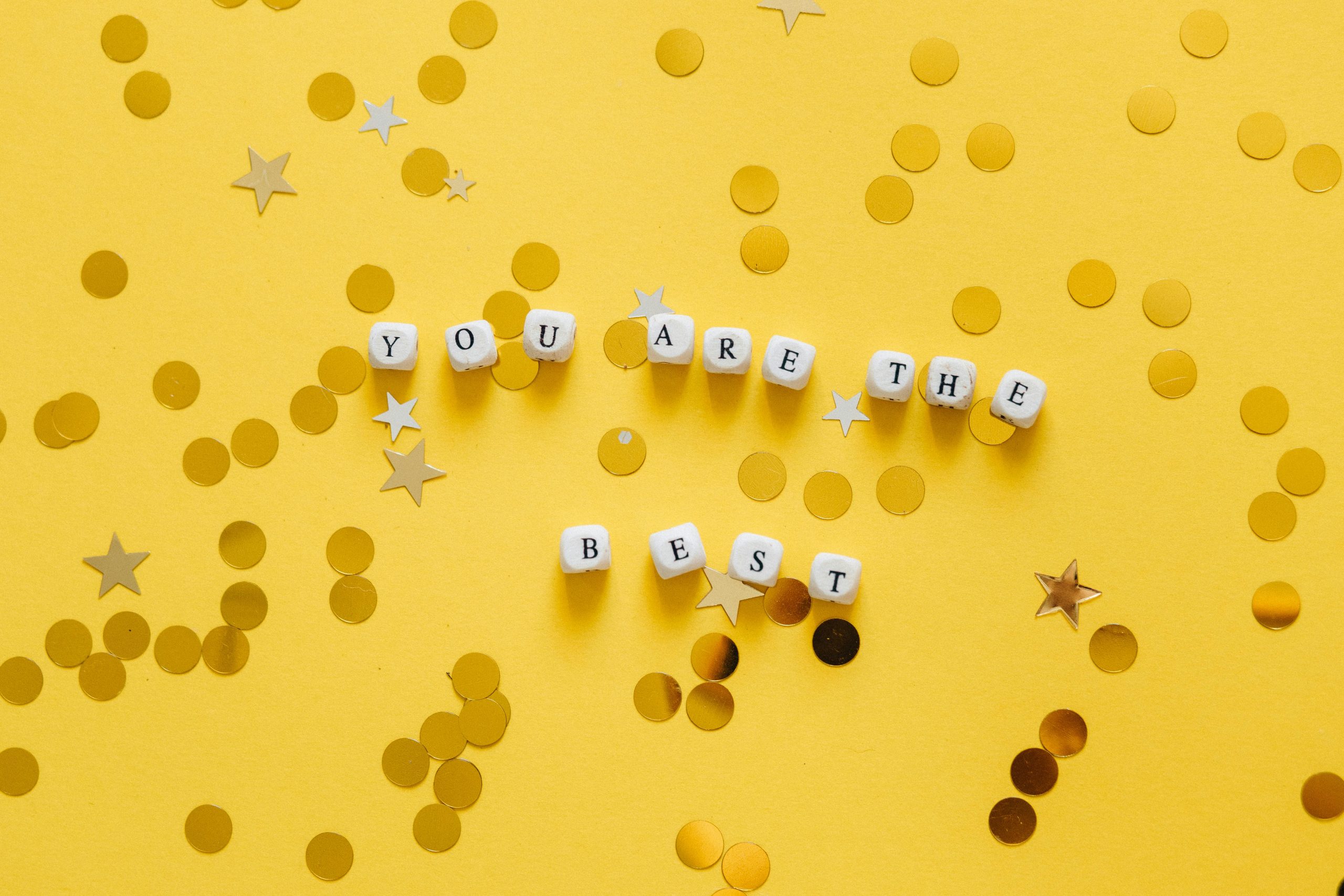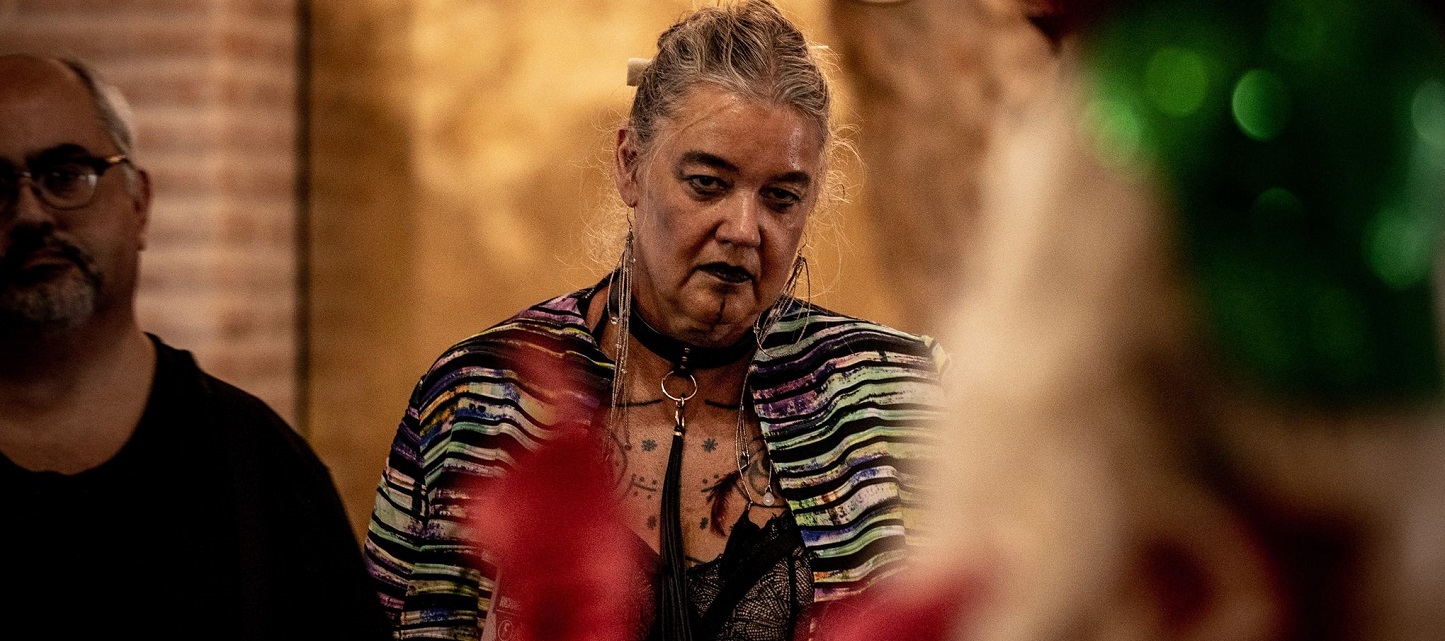Tag: Bleed
-

Learning from Bleed
How you can learn from bleed yourself, and how you design a larp in such a way that your participants can learn from their bleed, if they want to.
-

Why I hate post-larp compliment threads
Compliment threads are a quite common phenomenon after a larp. So why does it always make me slightly uncomfortable and anxious?
-

Grief in Larp: Bleeding Through Two Lives
By weaving empathy, safety, and self-awareness into the fabric of larp, participants can transform grief from an overwhelming experience to an opportunity for collective healing and deeper connection, says Lyssa Greywood.
-

Larp as a Player, Larp as a Character
in
Theorizing engaging with the larp as both a character and as a player.
-

A Ramble in Five Scenes
in
How age, life experience, and the knowledge you have achieved become part of your larp.
-

Bleed as a Skill
This toolbox provides practical tips on how to manipulate your brain into more bleed and more immersive experiences.
-

The Butterfly Effect Manifesto
in
This manifesto describes our preference for playing, designing, and facilitating larp experiences with the purpose of encouraging transformative impacts.
-

Investigating Types of Bleed in Larp: Emotional, Procedural, and Memetic
in
Based on personal accounts, this article describes three categories of bleed states as experienced by larpers: emotional, procedural, and memetic.

